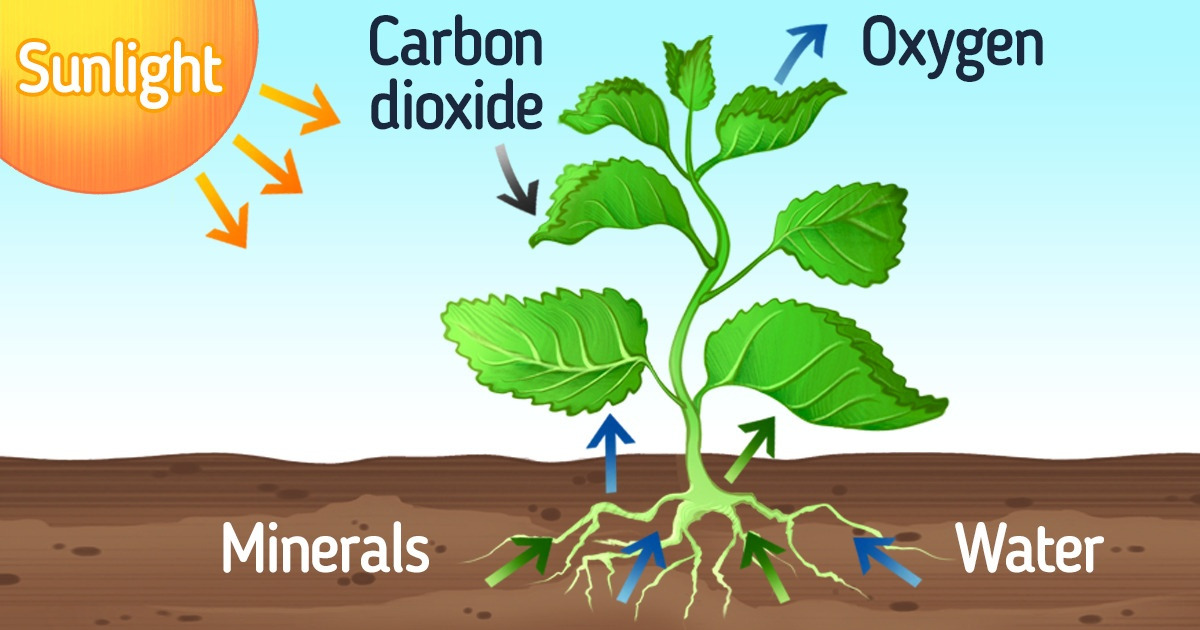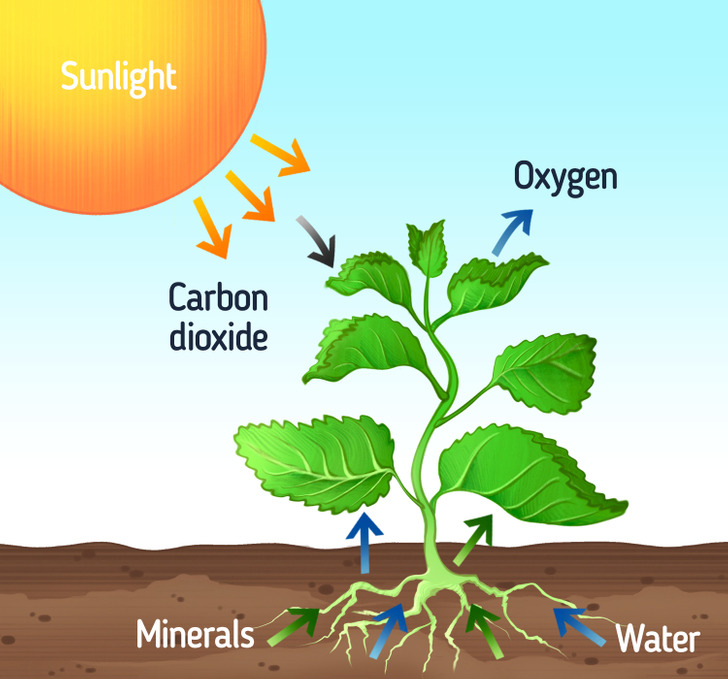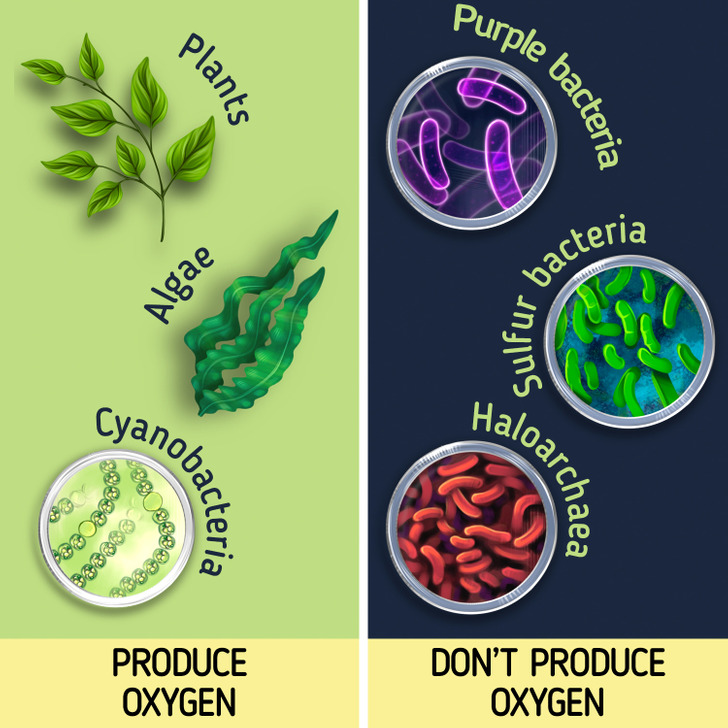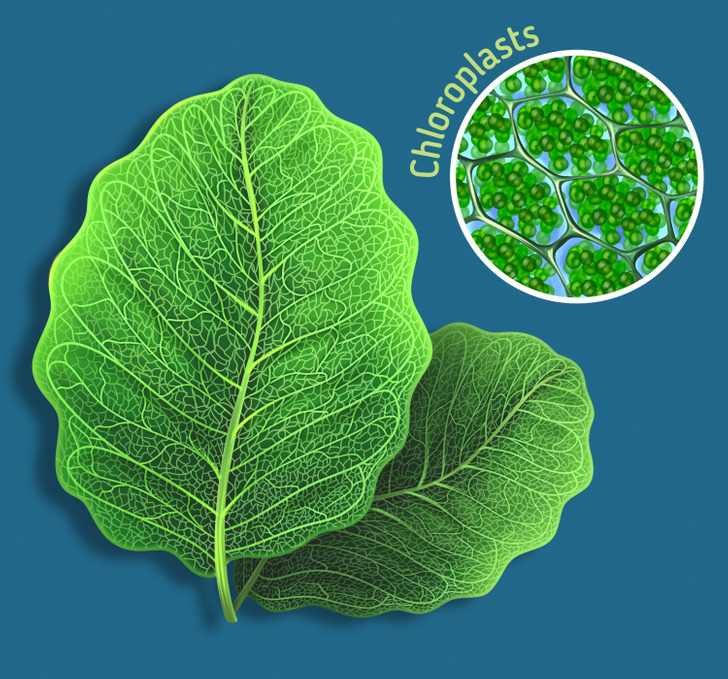A Simple Definition of Photosynthesis

Life on Earth depends on photosynthesis a lot. This process is responsible for producing oxygen and maintaining its level in the atmosphere. Photosynthesis also supplies most of the energy needed for life on our planet.
5-Minute Crafts would like to tell you about photosynthesis, its types, and the way this process occurs.
What photosynthesis is

Photosynthesis is the process used by plants and other organisms to convert light energy from sunlight into chemical energy. They store part of the received energy in the form of sugar, which is synthesized from carbon dioxide and water. Later, these organisms use this sugar for their nutrition. The byproduct of this reaction is oxygen.
Most plants, algae, and cyanobacteria are capable of photosynthesis. These organisms are called photoautotrophs. This means that they can synthesize energy directly from carbon dioxide and water using light energy.
However, not all organisms need carbon dioxide for photosynthesis. Some of them take organic compounds from the environment instead. They are called photoheterotrophs and, for the most part, are represented by various types of bacteria.
What the different types of photosynthesis are

There are 2 types of photosynthesis: oxygenic and anoxygenic. Although these 2 processes are quite similar, oxygenic photosynthesis is the most common and occurs in plants, algae, and cyanobacteria.
Oxygenic photosynthesis: During this process, light energy transfers electrons from water taken up by plant roots to carbon dioxide to produce carbohydrates. In this transfer, carbon dioxide receives electrons and is reduced, while water loses electrons and is oxidized. Along with carbohydrates, oxygen is produced. Oxygenic photosynthesis works as a counterbalance to respiration — it takes in carbon dioxide, which is produced by all breathing organisms on Earth and reintroduces oxygen to the atmosphere.
Anoxygenic photosynthesis: This process uses substances that are not water and that don’t produce oxygen as electron donors. For example, it can be hydrogen sulfide. This type of photosynthesis is typical for bacteria.
How photosynthesis occurs

Let’s look into photosynthesis using plants as an example.
During photosynthesis, plants take in water and carbon dioxide from the air and soil. Within plant cells, water is oxidized, meaning it loses electrons, while carbon dioxide is reduced, meaning it receives electrons. This turns water into oxygen and carbon dioxide into glucose. Plants then release oxygen back into the air and store energy within glucose molecules.
Photosynthesis takes place inside plant cells, which contain small organelles called chloroplasts. They accumulate the energy of sunlight. Within the membranes of chloroplasts is a light-absorbing pigment, chlorophyll. It’s responsible for giving plants their green color. During photosynthesis, chlorophyll absorbs blue and red light waves and reflects green light waves, making plants look green.